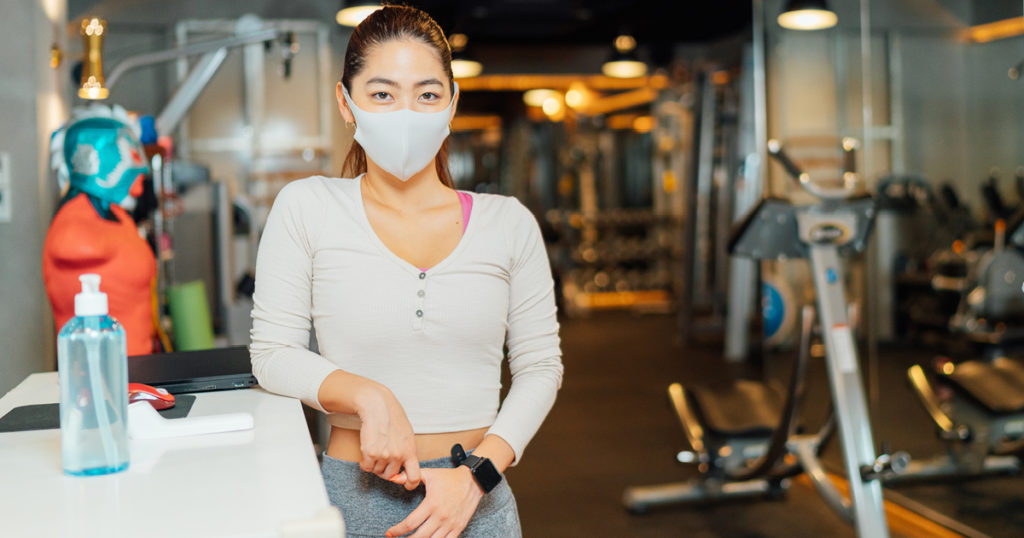How-to Guide for Reopening HOAs and Condos


Homeowners associations have adjusted to a new normal because of the COVID-19 pandemic. This includes remote meetings and elections, closed common areas and amenities, and social distancing.
As states lifted their stay-at-home orders and businesses began to open their doors, homeowners associations started to decide how and whether to reopen common areas and amenities. Board members, community managers, and business partners asked: What approach should we take to reopening? How should we phase in operations? Do residents need to sign a liability waiver to use the pool? Do we need to keep anything closed? We expect these questions to continue into the fall as the pandemic surges in communities throughout the U.S.

“Just as a reserve study document serves as guidelines for what capital maintenance is done and when, our intent was to create a document boards could rely on to make consistent and, most importantly, safe and prudent decisions for their associations,” says Michael Johnson, CMCA, AMS, PCAM, CEO of FCS Community Management, AAMC, in Draper, Utah, who developed detailed guidelines to help the 250 communities his company manages as they reopen based on the state’s color-coded reopening plan.
CAI adapted Johnson’s document for a broader audience. Our guide features templates such as a letter to update residents about the status of common areas and amenities, as well as procedures for association common areas, amenities, and operations that are organized by risk level or reopening phase. These guidelines can be tailored to each community’s needs, and are unique to each state, county, or city.

“Having color-coded association guidelines, based on the color-coded guidelines most states are now using, allowed us to communicate to boards and homeowners beforehand what common amenity usage (and association board/owner meetings) would look like and when,” explains Johnson. “And now that, unfortunately, some areas are starting to roll back openings, the corresponding effects on common amenities are already in place.”
In general, the high-risk category would apply to the shutdown and stay-at-home phase, moderate risk to reopening phase one, low risk to phase two, and normal to phase three.
“As it is apparent the virus isn’t going away anytime soon, our document is constantly updated to reflect the latest strategies and best practices for living in our current reality,” adds Johnson.
Communities should use the Status Check: A Reopening Guide for Community Associations to evaluate their current and future plans as they move forward in the various phases. We strongly encourage board members and community managers to consult with legal, insurance, health, and management experts before taking any actions.
Disclaimer: This information is subject to change. It is published with the understanding that Community Associations Institute is not engaged in rendering legal, accounting, medical, or other professional services. If legal advice or other expert assistance is required, the services of a competent professional should be sought. CDC has not reviewed, approved, or endorsed CAI’s Healthy Communities guide.
HOAresources.com explores questions and comments from community association members living in condominiums, homeowners associations, and housing cooperatives. We then assemble trusted experts to provide practical solutions to your most commonly asked, timely questions. We never use real names, but we always tackle real issues. Have a question or comment about your community association? Submit here for consideration:
Join CAI’s online community for access to the industry’s most in-demand community association resources.
Thousands of your peers are sharing advice.
Amy Repke, Vice President, Communications & Marketing. Amy brings more than 20 years of experience to CAI. Her communications career began in television news where she worked as a producer, writer, and assignment manager for local and network news channels. Amy has been nominated for four Washington Regional Emmy awards for writing and producing. Amy is a graduate of Old Dominion University and received a master's degree in Strategic Public Communications from American University.